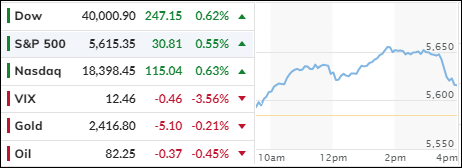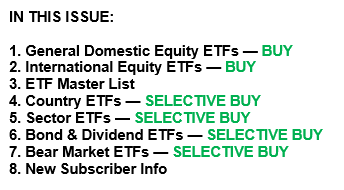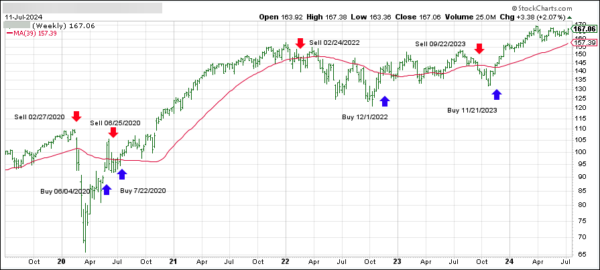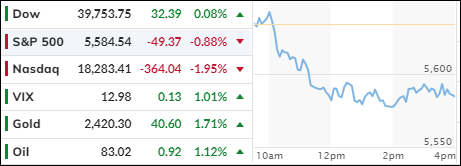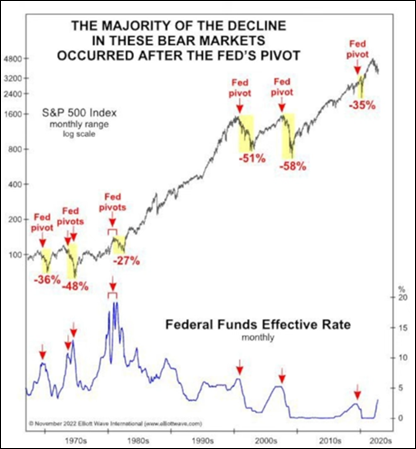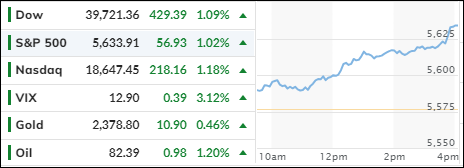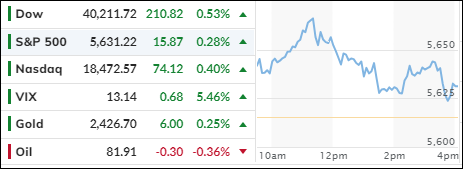
- Moving the markets
The major indexes advanced early on as traders did not see any adverse effects from the Trump assassination attempt. In fact, the opposite happened with the general viewpoint being that this event could even further propel Trump’s popularity in the polls.
Most of Wall Street’s preoccupation was the barrage of incoming earnings this week. Some insurers like Humana and United Health Group rose, because a Trump presidency might benefit them due to less cost pressures from a Republican Administration. At least, that’s the theory.
Despite the broad markets scoring a green close, prices came off their early highs. However, Trump’s media stocks soared, as Small Caps and the energy sector outperformed, while bond yields rose slightly.
The real action happened in Bitcoin, with its ARKB ETF soaring over 10% during the session. Gold followed suit and raced to within striking distance of its record high. Crude oil did not keep up with energy prices and slipped below its $82 level.
ZH pointed out that futures traders have never had as many long positions as they have today.
Makes me ponder how long that can continue before reality kicks in.
Read More
